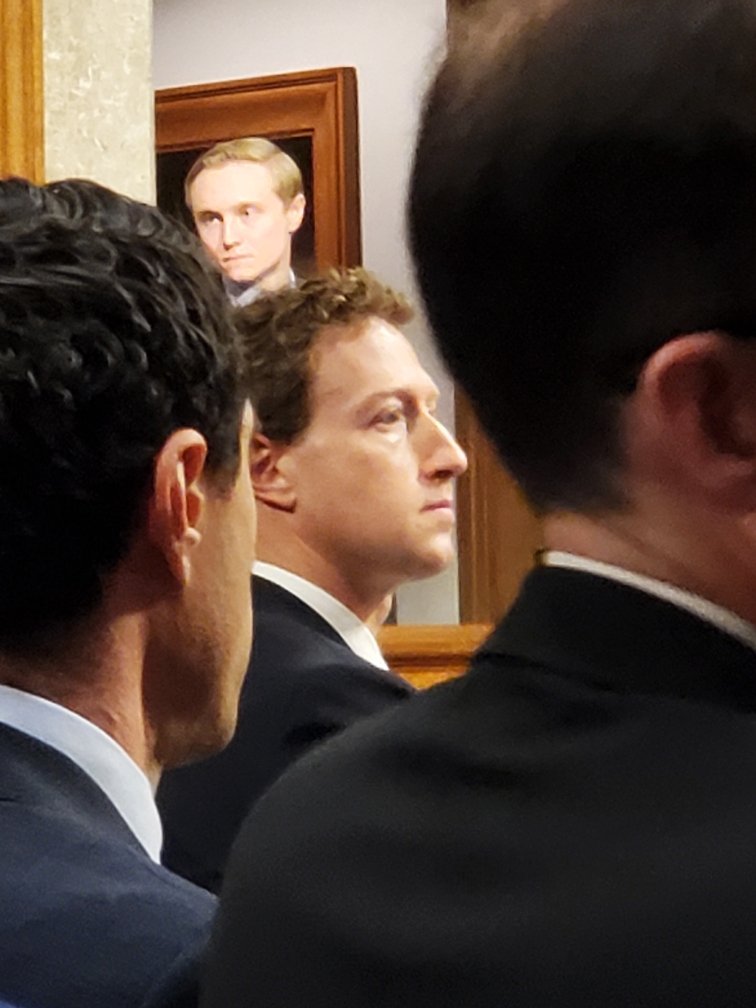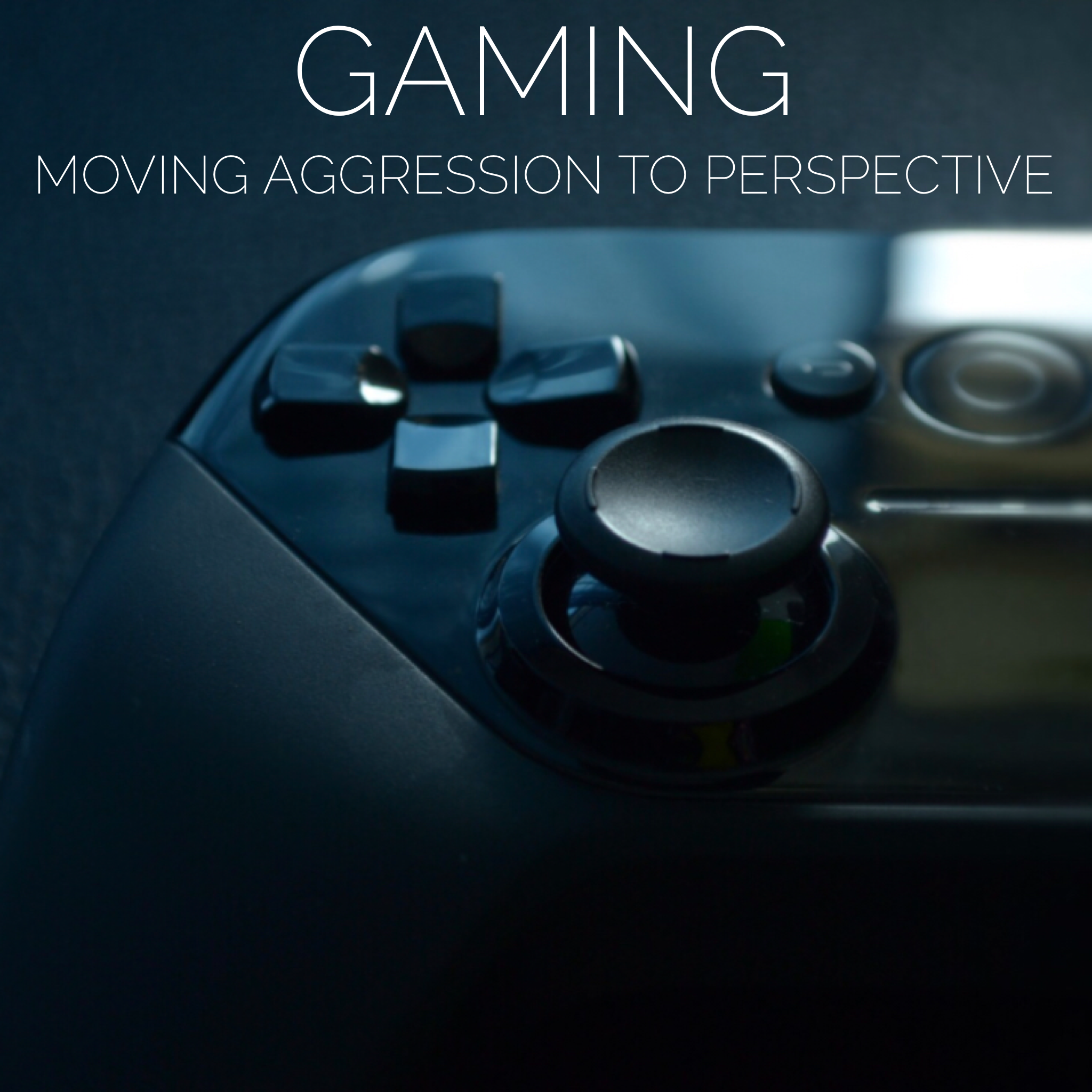I have a practice each year that I love. It's not so much of a New Year's resolution but a "word" for the year. I focus on that word throughout the year. I journal about it when I see it playing out in my life.
2024's word was Surrender. Not a giving up, but a giving over. There were places in my life where I noticed I needed to trust, be guided, and learn how to ask for help. To let go and accept. This was in my personal life, spiritual life, parenting, and work. It's funny that as I surrendered I felt more supported than ever. It was a year I decided to live with my palms up, ready to see what God would do and where to participate. I was blown away by all that I saw.
2024 Highlights!
In January, our Online Harms Prevention group attended the Senate Committee Hearing with five Big Tech CEOs who were questioned on their platforms' complicity and monetization in harming minors.
"There is powerful temptation in money." - Abraham Lincoln.
Unfortunately, after all the incredible advocacy and effort, the Kids Online Safety Act (KOSA) did not pass through Congress this year. More on that below. I am proud of the strides made in this fight for online safety legislation this past year. It was historical.
Social Media is not free. If you're not paying for the product then you are the product. - The Social Dilemma
If it costs you your mental health, it’s too expensive. - Unknown
In June, we attended our Action Network's Tech Safety Summit in Portland. I was honored to stay with Kristin Bride and have my coffee every morning under Carson's apple tree, which produced 135 apples this year. Afterward, I traveled to Eugene, OR where I spent restorative downtime with dear friends.
Another high point this year for me was time with my co-chair, Joann Bogard in Austin, TX. We got to hear RFK Jr. speak, did online safety advocacy, and learned to steer a kayak like we steer the Online Harms Prevention (OHP) ship.
I attend a Senate Commitee Field Hearing in Dallas, Texas as a supporter of The Take It Down Act, which protects victims of AI s*xual exploitation.
This past year I came on part-time with Lovely Village, a healing community for survivors of s*xual trauma. We offer Space for Love, a weekly support group for survivors. I was able to train incarcerated women in a Texas prison on digital wellness and the harms of sexual exploitation online. What a privilege! The best part, I get to do this work with my best friends, founders, Emily and Brett Mills and their amazing staff.
From Boston, MA to Texas, I always love how personal the school trainings are for me every year. Pictured below is one of my favorite teachers who taught all three of my boys. She is now an Assistant Principal and brought me in for trainings.
Another highlight was having a former student from when I taught school come up to me after I finished a Pre-K training this year. She said I inspired her to become a teacher and this was her class! I didn't even recognize her at first. Pictured is of both of us decades before.
For my mom's birthday, she came to Boston with me while I did school trainings. It's her birthplace and the first time she has been back in 50 years. What a gift that time was together. My sister joined us as well!
As the year came to a close, unfortunately, even with all the hard work and advocacy the Kids Online Safety Act did not pass, which was very hard news for our OHP group.
"The House Failed to Pass KOSA, But Parents Made History. The Kids Online Safety Act, lifesaving legislation that would ensure social media platforms have real protections for young people, will not pass Congress this year. KOSA was approved by the Senate 91-3 in July, and it gained incredible support across the political spectrum. But ultimately, House Speaker Mike Johnson and Majority Leader Steve Scalise sided with Big Tech companies at the expense of America’s children and refused to let KOSA become law. The Kids Online Safety Act is the most important bill to protect kids online in over 25 years, and it advanced further than any similar legislation in that time. KOSA would give children much-needed federal protections from the dangerous designs and addictive algorithms of social media and online platforms. Over the past two-and-a-half years, these parents traveled to Washington, D.C. to advocate for KOSA over and over. They changed hearts and minds in Congress through hundreds of in-person and Zoom meetings. They stared down Mark Zuckerberg. And through media interviews in every high-profile outlet in the country, they educated the public about the need for KOSA and why protecting children online is our collective responsibility."
- Fairplay
I couldn't be more proud of this team!
Even though that was a big blow I'm still looking back at all the other accomplishments made this past year!
I was honored to be featured in the Wacoan in April.
We released the Online Harms Prevention Education One-Pagers to be used by healthcare professionals, online safety orgs, parents, and schools.
I partnered with Maurine Molak of David's Legacy to add K-12 cyberbully prevention trainings to my speaking schedule.
I partnered with the Child and Family Studies Dept. at Baylor University to get updated research on our Talk More. Tech Less. 30-Day Program. We're hoping to present it, along with a BU research professor at the Children and Screens Institute Scientific Congress this coming summer.
I was honored to be on the Scrolling2Death podcast. Nicki and I covered topics from AI harms, to new legislation, to how screens are impacting schools. You can find her work here.
The Phone-Free School movement is also at the forefront. I have opportunities to present to numerous districts (including my own kid's district) on strategies they can use to help campuses go Phone-Free!
Digital wellness & safety education is on the rise and I'm looking forward to a year of training more schools, coalitions, and communities. If you are interested reach out to dawn@talkmoretechless.com

































































